One of the very earliest attempts to make motor racing an international sport was the Gordon Bennett Cup.
It was created by American newspaper magnate James Gordon Bennett Jr, an unsung hero who also introduced tennis to the US, won the first transatlantic yacht race and founded another cup for hot air balloon racing. He also, incidentally, funded the famous trip to Africa to find the lost Victorian hero David Livingstone.
His racing idea was to progress from point-to-point scrambles organised by national clubs to a moving annual event contested between nations – a motor racing world cup, if you like. It got off to a slow start, with only France, Belgium and the US contesting the 1900 event. The spark did not come until 1903, when the Automobile Club of Great Britain and Ireland (ACGB&I) was one of a few more that decided to enter seriously (and ended up accidentally 'inventing' British Racing Green).
Britain would enter again the next June, with a trio fielded to Homberg, Germany, to face teams representing Austria, Belgium, France and Germany.
Again, elimination trials would be held to decide the team members. In 1903, Selwyn Francis Edge, Charles Jarrott and John William Stocks, all driving Napier cars, had triumphed at the Duke of Portland's private estate in Nottinghamshire. This time, it was decided after much deliberation that it would be held on the Isle of Man, achieved thanks to the passing of a special bill by Tynwald.
Although the little land in the Irish Sea is now infamous for its hair-rising motorcycle extravaganza, the Tourist Trophy (TT), the first bike race it hosted was in 1907 (won with 3.5hp, whereas today it's over 200hp). The 1904 Eliminating Trials, then, were its first experience of racing.
These trials were five laps within the Highroads Course (of which today’s TT circuit is a truncation), three half-mile hillclimbs in Port Vuillen and two one-kilometre sprints on the Douglas waterfront.
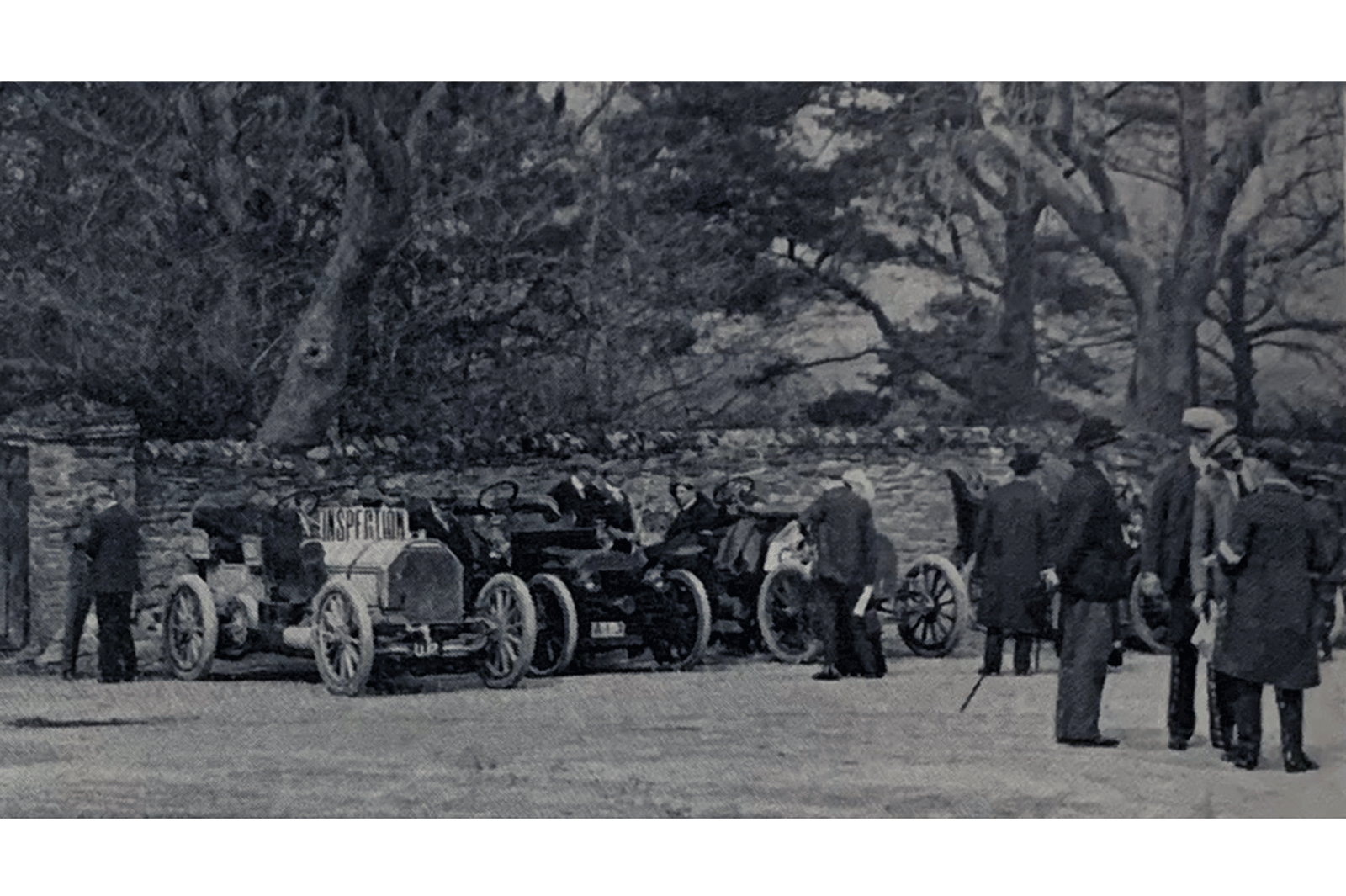

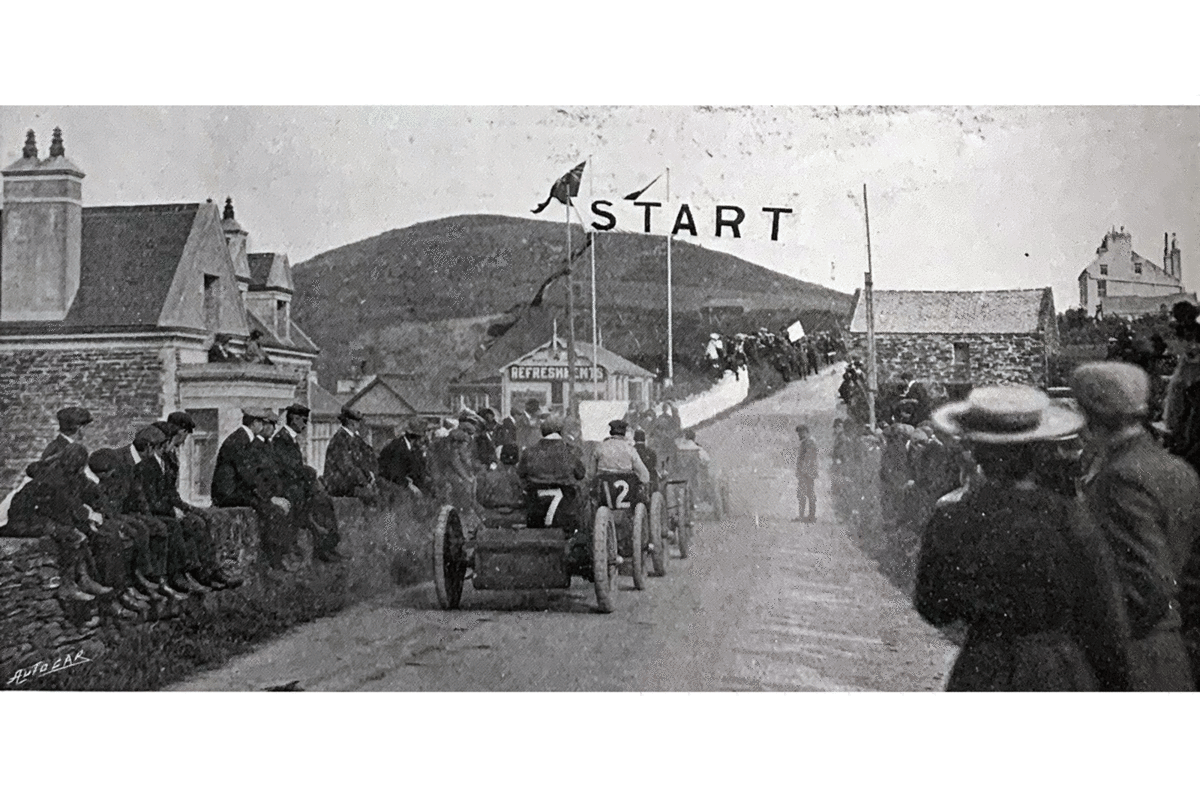



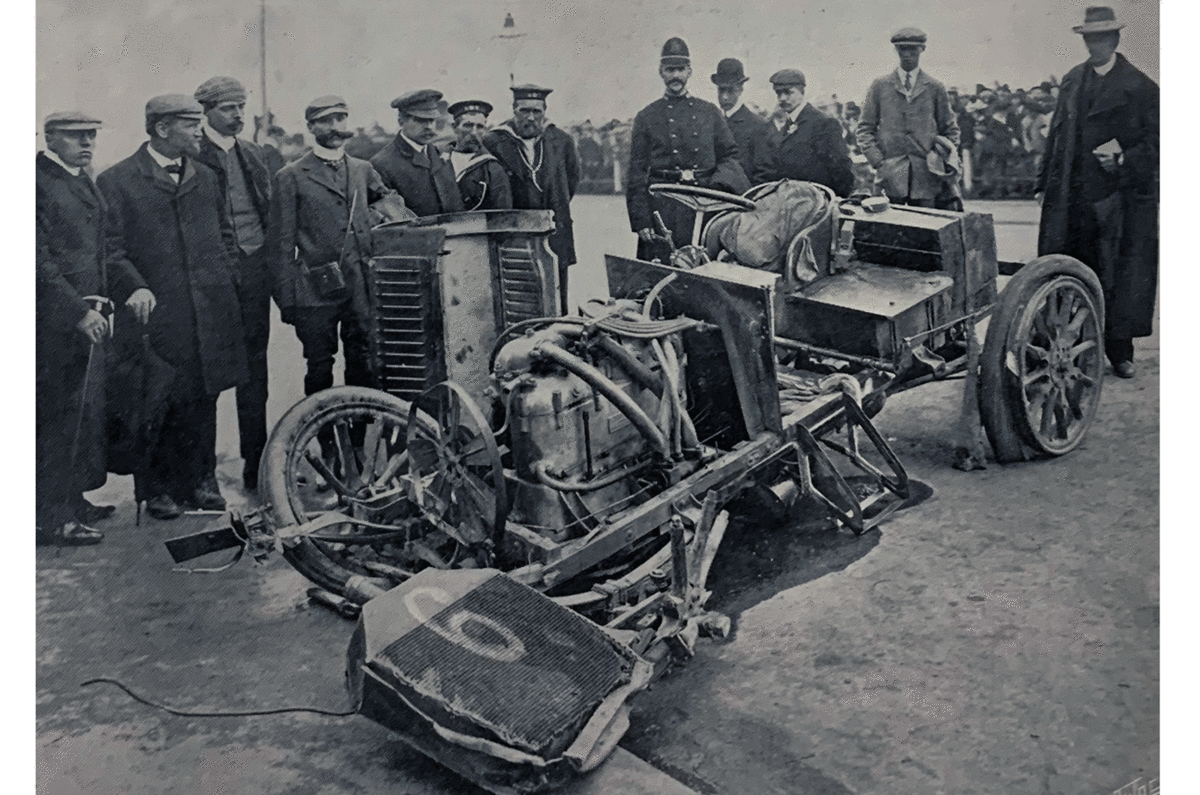
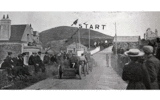





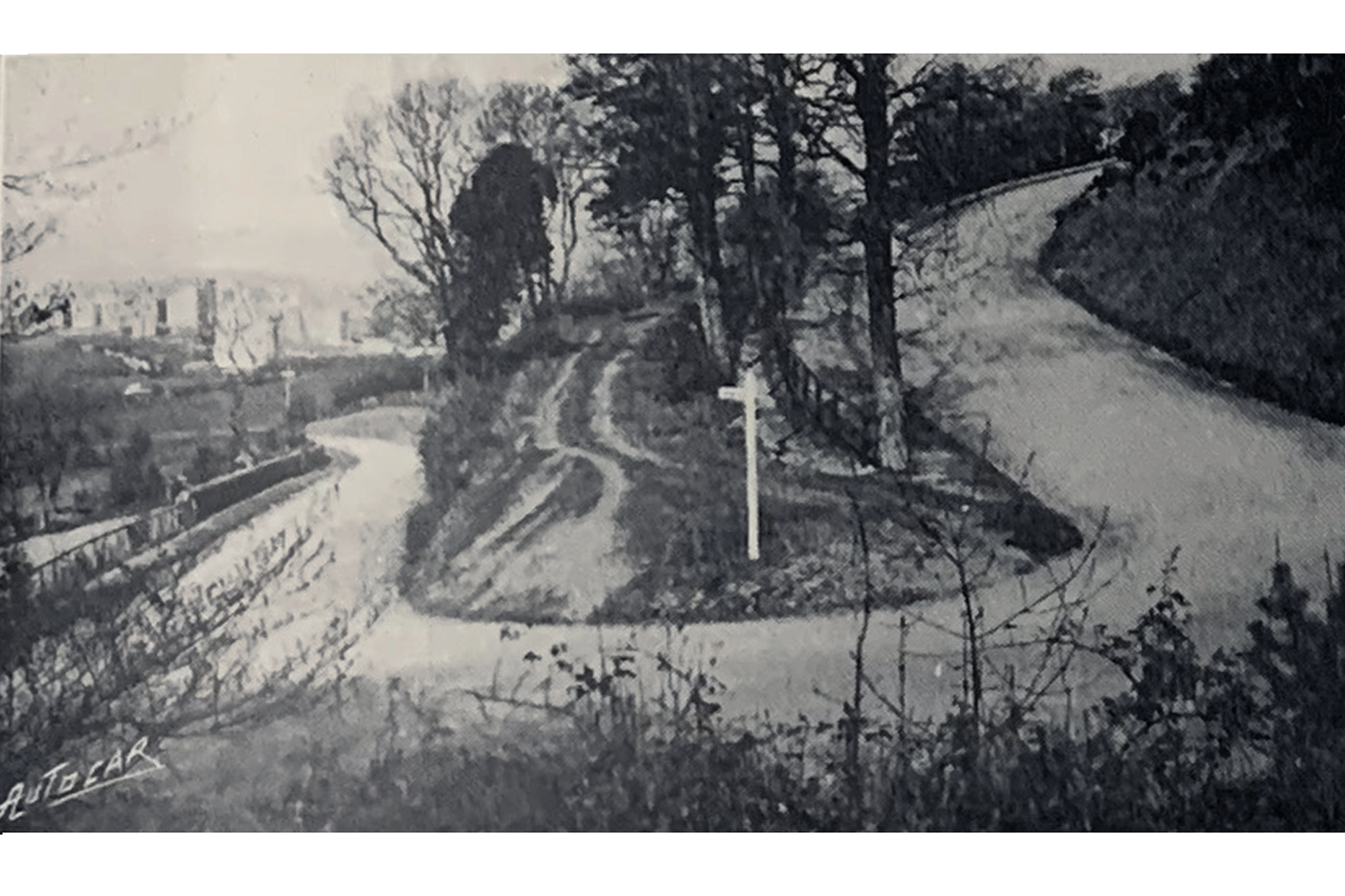




Add your comment